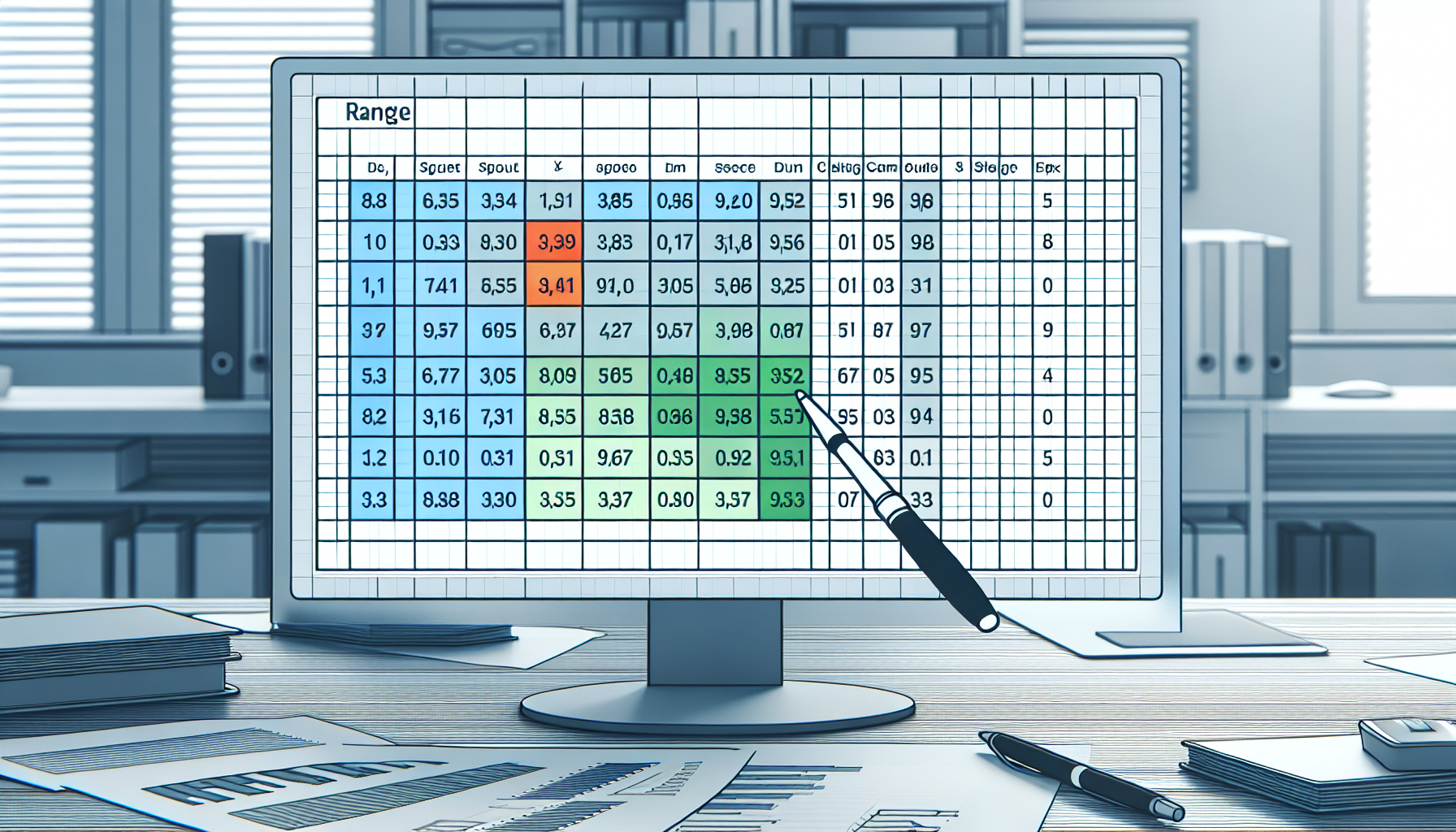“`html
Understanding the ‘Range’ Command in Excel VBA
What is the ‘Range’ Command in Excel VBA?
The ‘Range’ command in Excel VBA is one of the most fundamental and frequently used commands. It allows you to reference a cell or a collection of cells and perform various operations on them. Whether you are automating repetitive tasks, analyzing data, or creating complex macros, the ‘Range’ object is essential.
How to Use the ‘Range’ Command?
Basic Syntax
The basic syntax of the ‘Range’ command is quite straightforward. Here is a simple example:
Range("A1").Value = "Hello, World!"
In this example, the value “Hello, World!” is assigned to cell A1.
Selecting Multiple Cells
You can also select multiple cells using the ‘Range’ command. For example:
Range("A1:B2").Value = "Sample Text"
This will assign the text “Sample Text” to the range of cells from A1 to B2.
Using Variables
Variables can be used to make your VBA code more dynamic. For example:
Dim startCell As String
startCell = "A1"
Range(startCell).Value = "Dynamic Text"
Here, the variable startCell is used to assign the value “Dynamic Text” to cell A1.
Practical Examples of ‘Range’ Command
Copying Data
You can use the ‘Range’ command to copy data from one cell to another. For instance:
Range("A1").Copy Destination:=Range("B1")
This code copies the content of cell A1 to cell B1.
Looping Through a Range
Looping through a range of cells is a common task in Excel VBA:
Dim cell As Range
For Each cell In Range("A1:A10")
cell.Value = "Looped Text"
Next cell
This code assigns the text “Looped Text” to each cell in the range A1 to A10.
Additional Resources
For more in-depth information on Excel VBA, you can visit the official Microsoft VBA Documentation. Additionally, check out our VBA Tutorials section for more guides and tips.
“`

